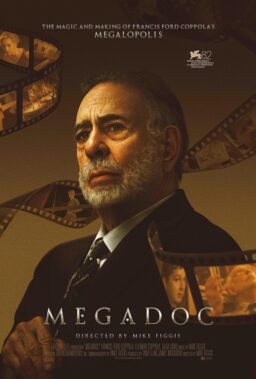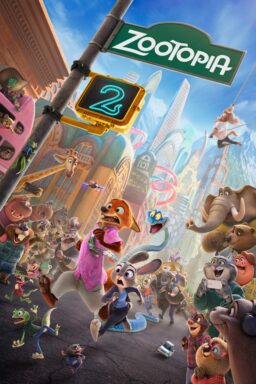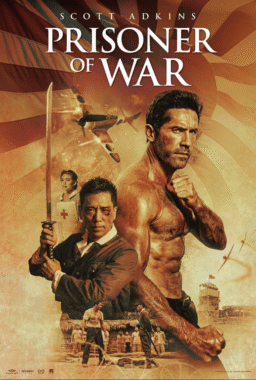
From Gavin Breeden, Charlotte, NC:
When I think of great opening shots, my mind quickly goes to Francois Truffaut‘s 1959 masterpiece, “Les Quatre Cents Coups” (aka “The 400 Blows“). I may have to break the rules a bit here and consider the entire opening credits sequence rather than the first shot though I think Truffaut would approve since he broke many cinematic conventions of his day with this film.


“The 400 Blows” fades in on a traveling shot down a Parisian street. The Eiffel Tower can be seen in the distance over a few rooftops and the viewer’s attention is naturally drawn to it throughout the opening sequence. The camera moves down the street and towards the Eiffel Tower until it is blocked from view by a building. Then the film cuts to a new tracking shot which seems to be slightly closer to the Tower. The camera is still focused on the Eiffel Tower, though the tracking direction now runs parallel to it rather than toward it. Several more traveling shots follow in which the Tower gets closer and the camera seems to be moving in a circular motion around it through the streets of Paris. (The camera seems a bit like the POV of a child riding in a car around Paris– attention always fixated on the Tower which dominates the skyline.) Finally, there is yet another traveling shot from the street running directly next to the Tower (almost under it). Just as the Tower is centered in the frame, “Mise en Scene de Francois Truffaut” appears near the top of the screen and for a split second the words are perfectly centered in the shot. After this the there are a few tracking shots of the camera moving away from the Tower.

JE: Thanks, Gavin. I like your description of the shot/sequence being seen through the eyes of a child. The music — a melody of childlike simplicity over which a wave of romantic strings occasionally wash, like the sea in the final shot — certainly suggests as much. And the freedom suggested by the movement of the opening contrasts with the movement of the final shot, which tracks Antoine Doinel to the edge of the ocean, and then zooms (as if trying to find some other way to keep moving) into a freeze-frame when the boy has run out of room to run…
The opening shot of the film proper would make a fine subject, as well: Looking over a schoolboy’s shoulder as he opens up his desk and passes a girlie calendar across the room to Antoine, who draws on it, gets caught by the teacher, is told to go stand in the corner behind a chalkboard, and makes a face at the class as he disappears behind it — all in one effortless long take.










